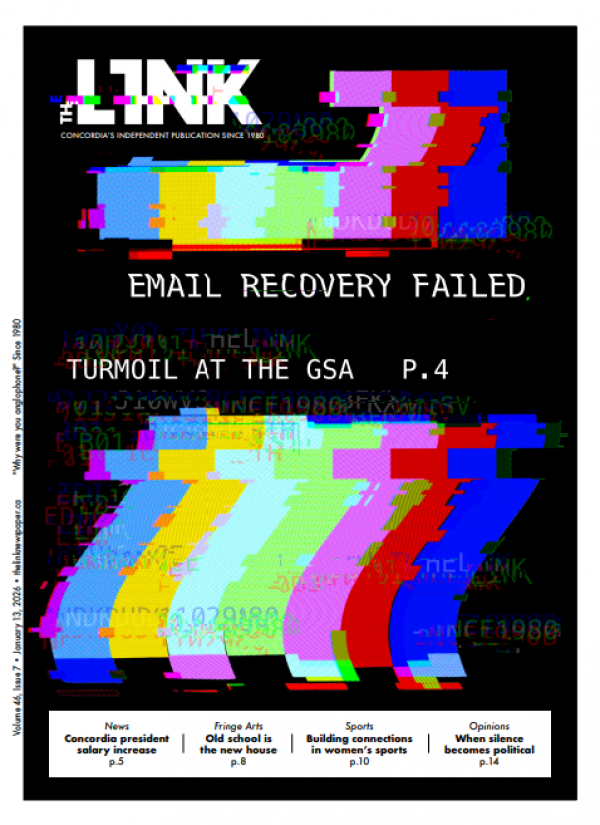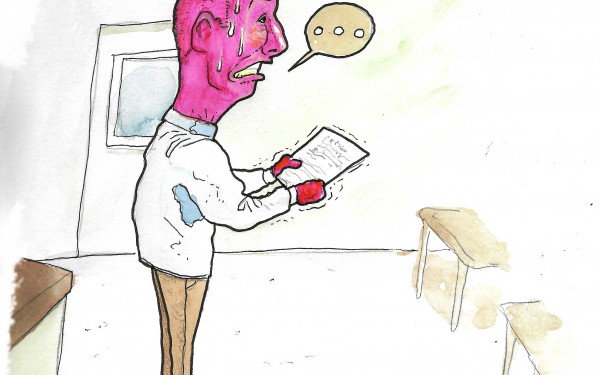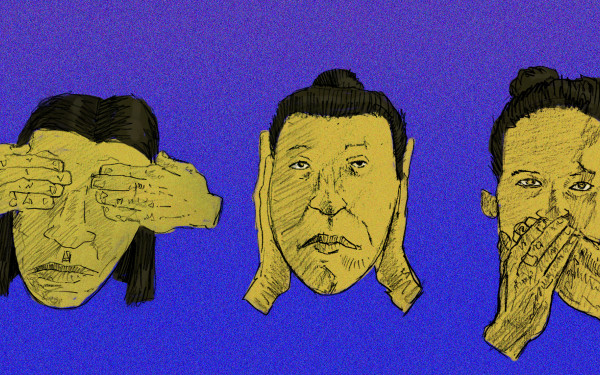Mental Squeeze
How Do We Define Anxiety?
There are certain terms that escape concise, user-friendly definitions. Irony is one. Anxiety is another.
Irony could be described as such: setting out to write a mental health column for your university newspaper while simultaneously being hauled into the emergency room for a long-overdue psychiatric evaluation. The doctors concretely diagnosed me with “complex post-traumatic stress disorder.” It was a frame that made my anxiety seem comprehensible—or like I had crawled from the trenches of a war-ravaged combat zone.
The American Psychological Association defines anxiety as “an emotion characterized by feelings of tension, worried thoughts and physical changes like increased blood pressure.” It’s a pretty broad, grey definition. They also say anxiety usually involves recurring intrusive thoughts or concerns, avoidance of stressful situations and physical symptoms like a rapid heartbeat.
I’ll say it—there is no easy or right way to summarize anxiety. There is no euphemism or metaphor that properly embodies it—it’s a subjective affliction.
I don’t know if I ever really acknowledged the extent of my anxiety until my behaviour went beyond what would be considered “normal” in nervous situations. I was apprehensive about the things that most people my age were nervous about: presentations, first impressions, call waiting. Then at some point, there was a shift. Something was innately wrong. People kept telling me I looked great. I felt like shit. I was sick.
The further irony of the situation is that in the midst of my first “breakdown” I was working as a unit coordinator in the psych ward of the Montreal General Hospital. I was separated from volatile patients by protective plate glass on three sides of the room. I saw a non-stop rotation of all types of people: schizophrenics, drug addicts, borderlines and obsessive-compulsives.
I noticed another demographic, one that struck me personally and seemed to encompass a range of issues: the “youth.”
The Canadian Mental Health Association estimates that between 10 to 20 per cent of Canadian youth are affected by a mental illness or disorder—what they define as the single most disabling group of disorders worldwide. Anxiety is the most common mental illness in Canada and more than 28 per cent of people aged 20 to 29 will experience a mental illness. This particular demographic of youth, otherwise in their early or “prime” working years, are hit hard.
There were so many young people in the psych ward. They had anxiety disorders, suicidal tendencies and substance abuse issues. They were seemingly normal kids leading seemingly normal lives, yet they all somehow fell under the same disheartening umbrella of “mental illness”—myself included.
This observation was a sobering one: I was comforted to be in the company of other so-called “anxious” kids, yet I couldn’t help but wonder exactly what the fuck was eating us all alive, and why.
I tried to take the numbers and put part of the blame on societal habits—that being part of a hyper-technological, hyper-materialistic community yielded more anxious youth. I tried to establish a line between “normal” stress and “anxiety,” with no success.
I have no real authority to pass judgment—I didn’t write the books, I’m just part of the subject matter. What I’m trying to say, in no eloquent or scholarly fashion, is to be aware, not only of ourselves and our own parameters of “functioning,” but of others. Mental illness still carries an implicit stigma that people, particularly those who are considered to be in the “prime” of their lives, may misconstrue.
The direction of this piece changed several times during its production. My editor and I discussed at length, and tried to fine-tune it to a “point.” The thing is, aside from statistics, it’s hard to concretize or define issues surrounding anxiety. My own diagnosis has “complex” in its title, and at the core that’s what can be said of all mental illness: it’s a complex, multifaceted issue, a fabric of experience, coping mechanisms, self esteem, social exposure and neurochemicals.
This article may have opened with a personal anecdote, but the struggle is not all mine. In fact, there should be comfort in knowing there are so many other people who fall somewhere in these parameters. It’s an asset, a coping currency, to know that the numbers are there and we’re not alone. There isn’t a one-size-fits-all antidote.
You might not know me—the girl with complexities to go around—but I know how it feels to live in the midst of anxiety’s big, bad, grey spaces. As young people, we have to remember that a big component of overcoming anxiety is the discourse—the conversation and exchange between those in need of support and those who stand to provide it. We’re not alone, and we can open up and talk about it.



_600_375_90_s_c1.jpg)

_600_375_90_s_c1.jpg)
